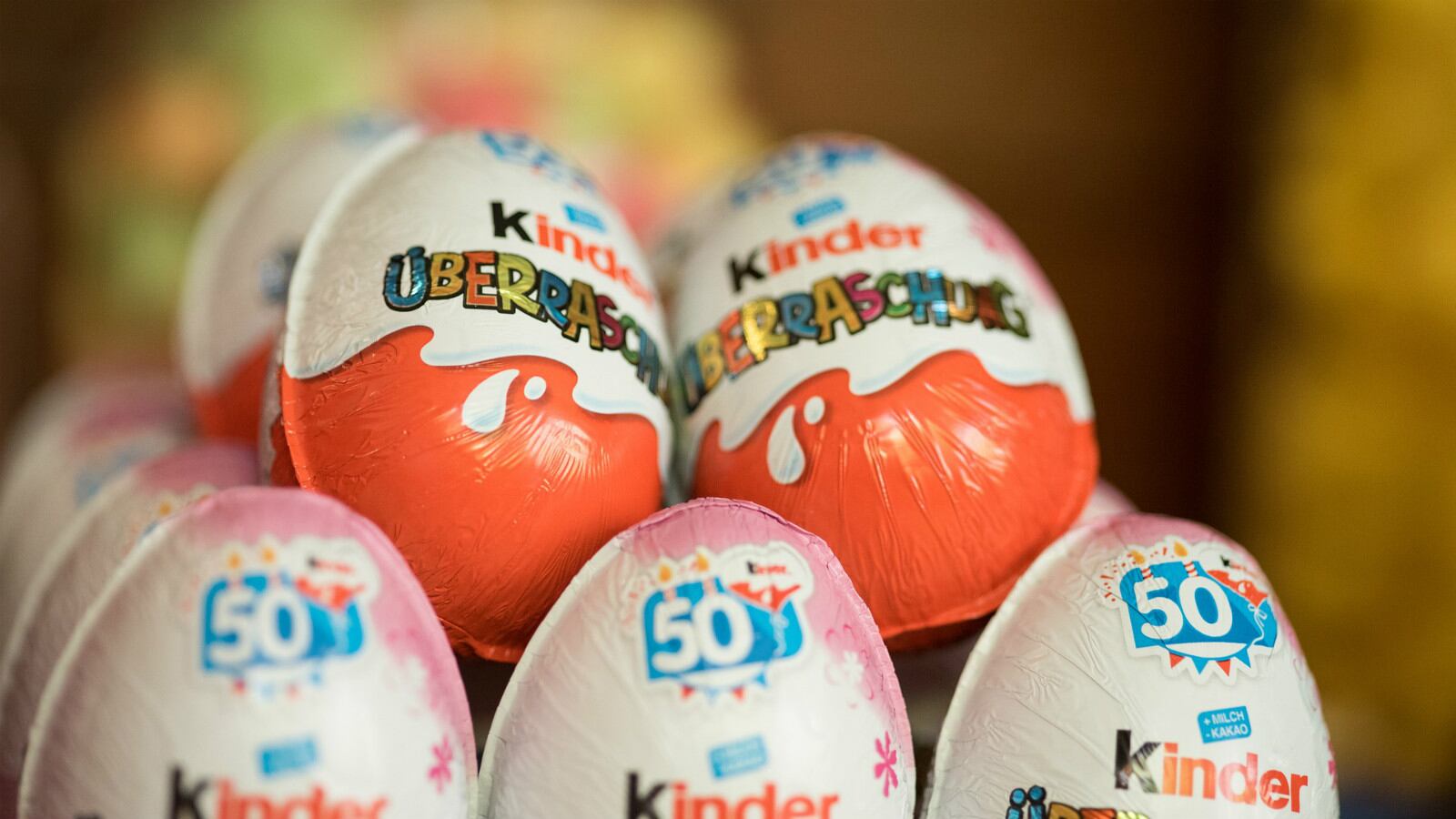“[It’s] a chocolate bar for children, advertised with children and seen by children, [but] is not considered to be in breach of the ASA code for children,” said Healthy Auckland Together via a press release.
ASA is the country’s industry advertisement regulator, and it ruled Healthy Auckland Together’s complaint on the Kinder Surprise online video and television advertisement as ‘not upheld’.
“The ASA decided that the ad contravened two criteria as it was for an ‘occasional’ food, and it was aimed at children,” said the coalition.
“However the panel ruled that it hadn’t been placed where a ‘significant proportion’ of children would see it, as the ads were not shown in children’s content on YouTube.”
According to ASA, ‘Occasional Food and Beverage Products’ are products high in fat, salt or sugar and classified under the Food and Beverage Classification System (FBCS) as being intended for occasional consumption.
Dr Michael Hale from Healthy Auckland Together said that this showed ‘the ASA puts its members’ interests as advertisers first, not children’.
“The ASA is saying an ad can be obviously appealing to children and marketing junk food, but is okay so long it is not outside the school gates or on after-school television,” he added.
“Advertisers claim to apply filters so it seems like children aren’t seeing these ads, yet the reality is different.”
“Those under 13 years watch YouTube on their parents’ devices and they watch general content, not just children’s content. They watch this channel daily, it is as popular as TV for this age group.”
He said that the coalition is ‘disappointed, but not surprised’ by the ruling.
Speaking from the industry’s side of things, New Zealand Food and Grocery Council CEO Katherine Rich said that: “There is no doubt Healthy Auckland Together is made up of well-intentioned citizens, but I worry there could be a lack of perspective about the issues facing New Zealand society.”
“[This is especially clear] when the humble Kinder Surprise gets treated like Public Enemy Number One, resulting in such a large group spending time and resources making complaints like this.”
“While complainants might just see the chocolate, the Kinder Surprise was a vehicle to create joy and memories. Some perspective is important.”
“[For] 50 years children have enjoyed a chocolate treat and getting a little surprise. No one has ever suggested that Kinder Surprises are anything except a treat.”
“Common sense and reality is important.”
The ASA Children and Young People’s Advertising Code
According to the ASA Children and Young People’s Advertising Code on the ASA website: “This Code applies to all advertisements that target children or young people, whether contained in children’s or young people’s media or otherwise.”
“Advertisers need to demonstrate that care is taken when evaluating the expected average audience composition prior to the placement of occasional food or beverage advertisements to ensure they are not targeted at children.”
Children are considered likely to be a significant proportion of the expected average audience if 25% or more of the expected audience will be children, during child viewing time zones, the content significant appeals to children, and the advertisement involves locations where children gather.
According to Dr Hale: “The previous government required industry to strengthen the Children and Young People’s Advertising Code as part of the Childhood Obesity Plan in 2016, yet self-regulation is not working.”
“Without independent monitoring, the only way we can test the Code is working is to complain about these type of ads. Even then, there is no penalty, except removing the offending ad.”
“Children see 27 promotions for unhealthy food a day. We know this is contributing to the over-consumption of sugary and high fat foods, and to teeth extractions and excessive weight gain,” he added.
According to Healthy Auckland Today, one third of children are obese or overweight in New Zealand, making this matter an urgent one.
“[This] has implications for their future health, not least because taste preferences are set in childhood,” it added.
Previous advertisement complaints
This is not the first complaint that Healthy Auckland Together lodged with the ASA Complaints Board.
Earlier this year, it targeted Coca-Cola’s sponsorship campaign ‘It Feels Good to Give’, which featured Santa Claus.
The Board ruled that Santa had ‘strong appeal’ for children, encouraging them to ‘engage with the content’, and as such upheld the complaint.
“The ASA Complaints Board has agreed that Santa should not be used in advertising that promotes Coca Cola to children and young people,” said Healthy Auckland Together via a press release.
Hale added that: “In this case, [the ASA] has decided that the code has been breached. While it looks like self-regulation has worked on this occasion, there is no sanction for the company.
“Manufacturers and advertisers of unhealthy food need to take note. The code is there to protect children and young people from being targeted.
“Children do not understand that they are being marketed to. Parents do understand that ubiquitous advertising aimed at children normalises unhealthy food and drink, and encourages pestering.”
Previously, the coalition had also lodged a complaint against a Pepsi Max campaign using ‘cute emoji caricatures’ of the All Blacks, encouraging children to collect the drink cans.
This was settled after Frucor voluntarily removed the ads.





